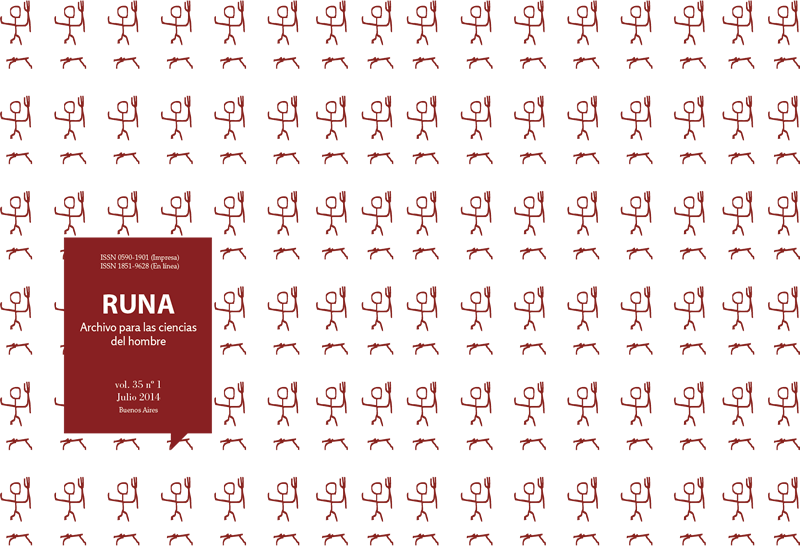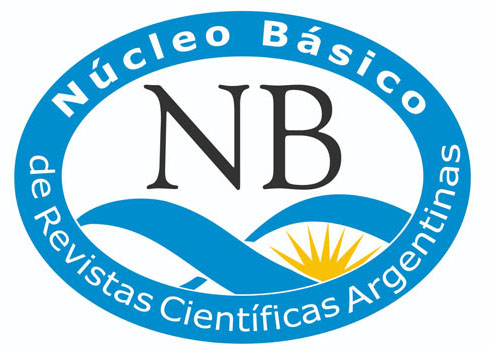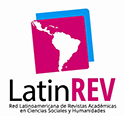Anthropological semiotics of ritual change: from the old to the new rites
Abstract
Some of the key questions that we must ask ourselves when we compare old rituals –religious, cosmic or cyclic rituals– with the new rituals of modern societies, where mass media has invaded with force, are: which traits constitute their differences? In which circumstances and at what level do these differences present themselves? Why do some rituals change radically and others do not? Where do these changes come from and what is it that makes them possible, what drives them? And, at the same time, we must ask ourselves about their semiotic orientation and direction. Our comparative analysis of old and new rituals reveals differences in four separate orders in which we would like to study in depth. According to our hypothesis, there have been transformations between old and modern rituals in the dimensions of shapes, the rigidness of norms, the limits of the scenario and the sphere of communication. This analysis will allow us to classify the ritual changes in the intra-ritual changes, inter-ritual changes and trans-ritualDownloads

Runa, archivos para las ciencias is a publication of the Instituto de Ciencias Antropológicas, Facultad de Filosofía y Letras, Universidad de Buenos Aires and is distributed under a Creative Commons Attribution 4.0 International License.
Runa maintains its commitment to the policies of Open Access to scientific information, considering that both scientific publications and publicly funded research should circulate on the Internet freely, free of charge and without restrictions.
The contents and opinions expressed in published articles are the sole responsibility of their authors.



















